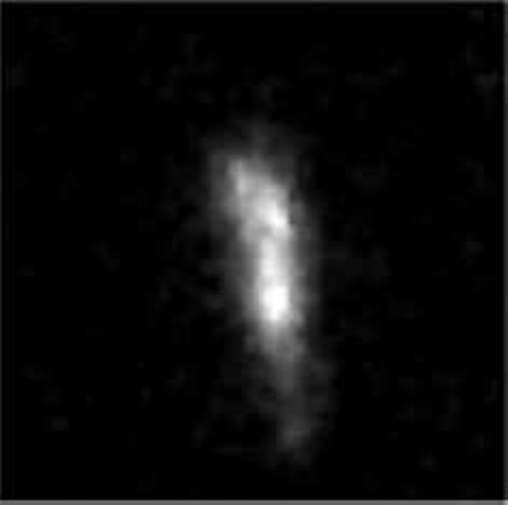Unexpected disclosure of galactic nuclei
The majority of galactic nuclei contain supermassive black holes of millions or even billions of solar material. Materials in the vicinity of such black holes can accumulate in a hole of dust and gas around the black hole.
Active galactic nuclei (AGNs) are one of the most impressive and interesting phenomena in astronomy astronomy, and are also very difficult to understand.
Because AGN plays an important role in the development of galaxies, astronomers are studying galaxies with AGN at a certain distance in the universe.

AGN plays an important role in the development of galaxies.(Image source: phys).
It was in the previous period of the universe, about ten billion years after the big bang, when the most powerful explosion of the AGN was supposed to happen. But AGNs at these distances are also fuzzy and harder to find.
Historically, they have been discovered because they are very red in color due to heavy dust obscuring, characteristic emission lines (very hot gas signals), or changing their characteristic activity.
CfA astronomers Matt Ashby, Steve Willner and Giovanni Fazio and two colleagues used 14-year-old infrared peripheral surveys, using the IRAC on the Spitzer Space Telescope to search AGN is far away. Various surveys in the archives continuously scan different parts of the sky over eleven epochs in their efforts to look deeper and further into the universe.
Astronomers find nearly a thousand infrared galaxies in these surveys, about one percent of all galaxies are recorded. They estimate that about eighty percent of these energy variable sources are AGNs, others are due to or indeterminate phenomena.
- Unexpected disclosure of great quests on the Sun.
- Virgin Galactic decided to fly back on the spacecraft
- For the first time, science has witnessed galactic winds spanning thousands of light years
- Virgin Galactic launches a new version of SpaceShipTwo called VSS UNITY
- Unexpected disclosure of great poet Shakespeare
- Dust molecules help limit climate change?
- Grid fusion synthesis power in 2050
- NASA cooperates with Virgin Galactic
- Scientists make unexpected conclusions about time travel
- 7 strange star clusters discovered in galactic disk ring
- Announcing the new map of Milky Way 187 million pixels
- Playboy opens striptease club in space
 Van Allen's belt and evidence that the Apollo 11 mission to the Moon was myth
Van Allen's belt and evidence that the Apollo 11 mission to the Moon was myth The levels of civilization in the universe (Kardashev scale)
The levels of civilization in the universe (Kardashev scale) Today Mars, the sun and the Earth are aligned
Today Mars, the sun and the Earth are aligned The Amazon owner announced a secret plan to build a space base for thousands of people
The Amazon owner announced a secret plan to build a space base for thousands of people